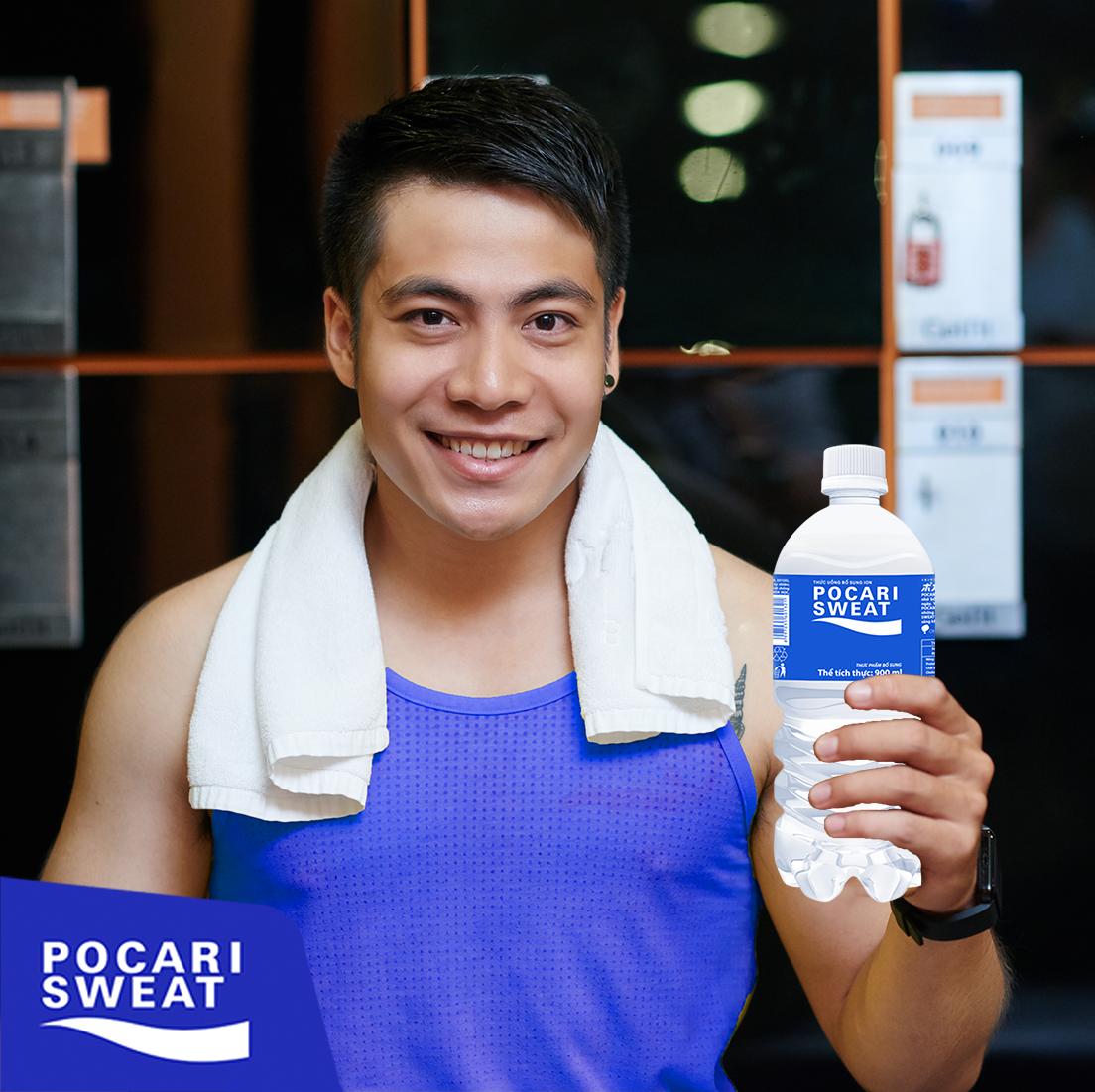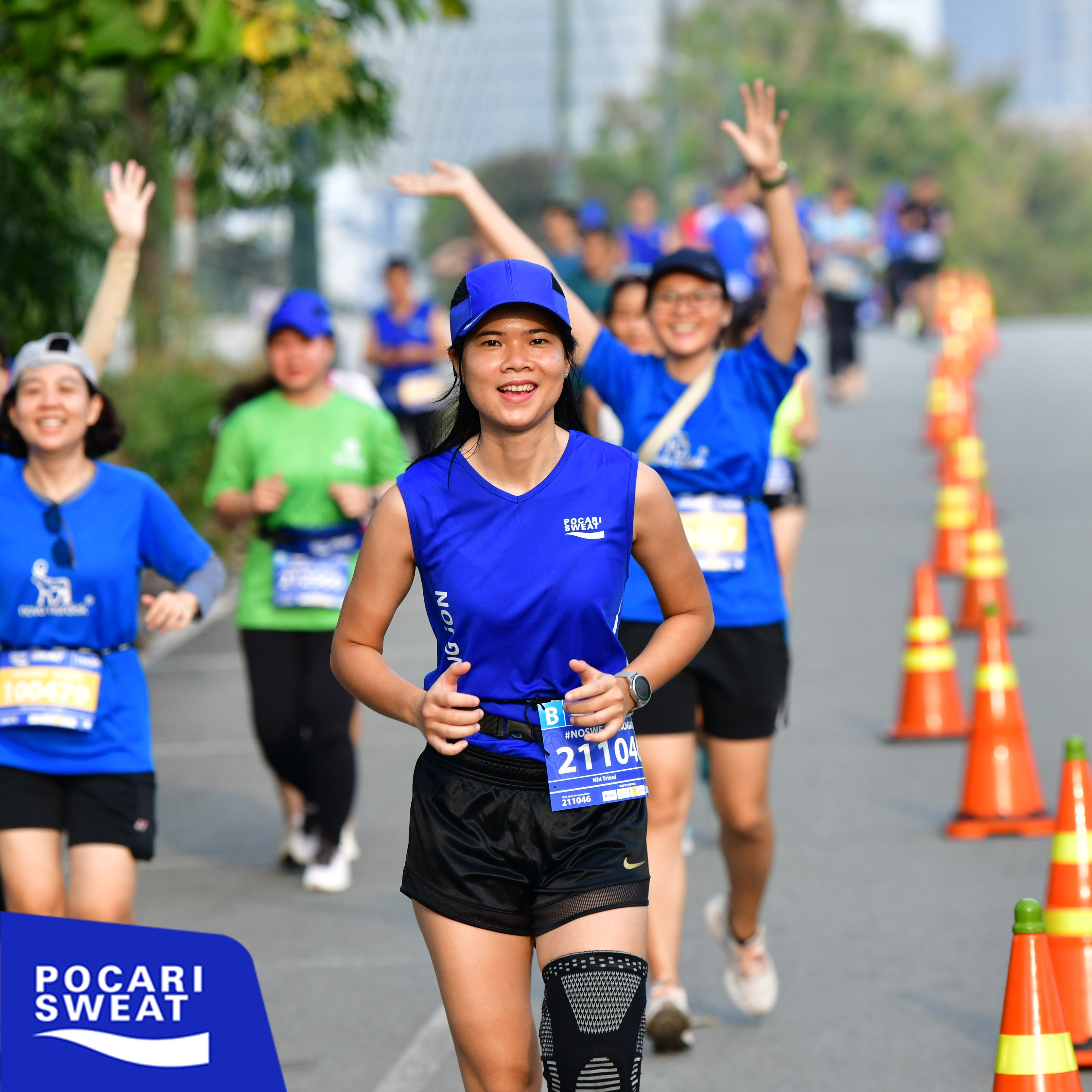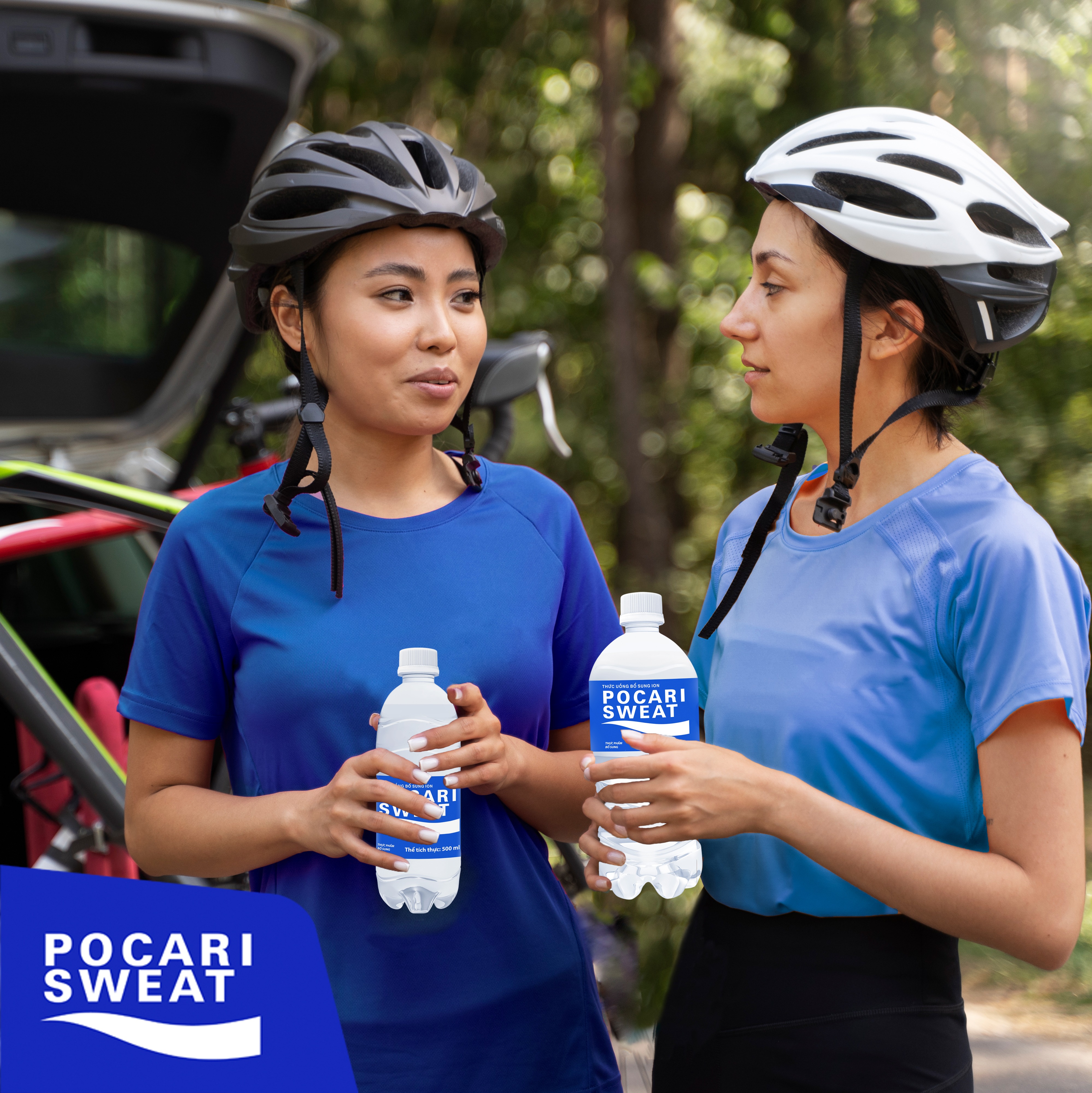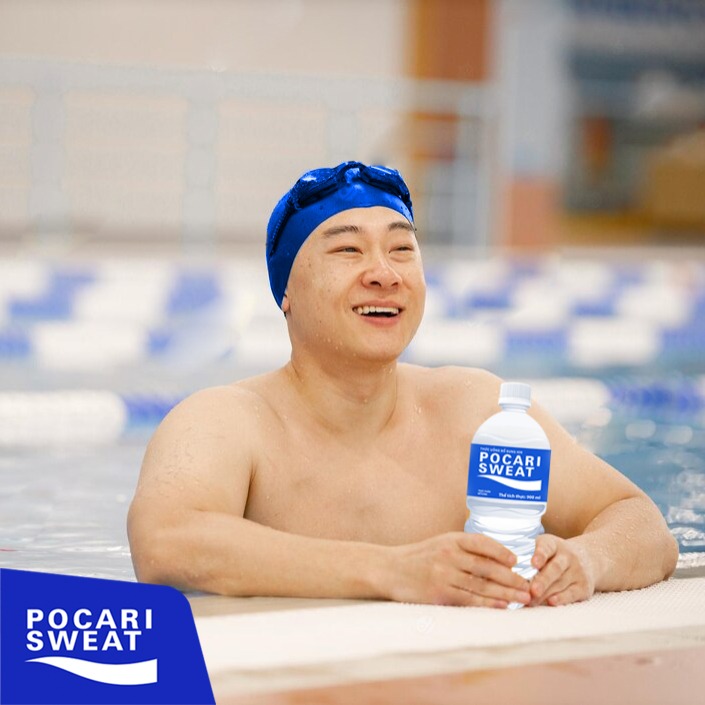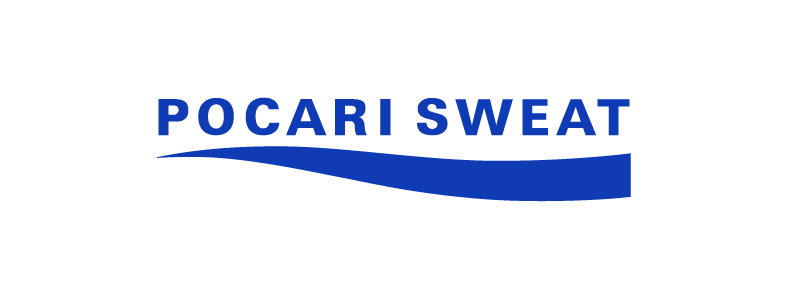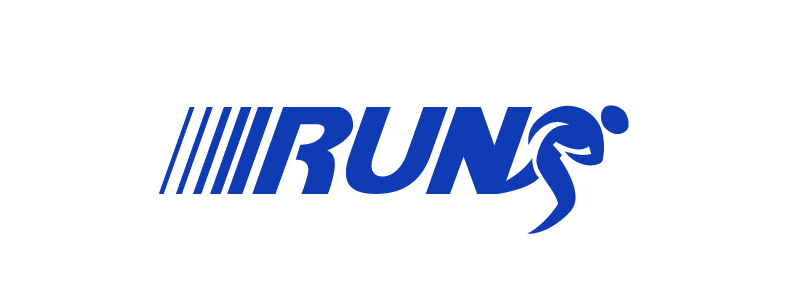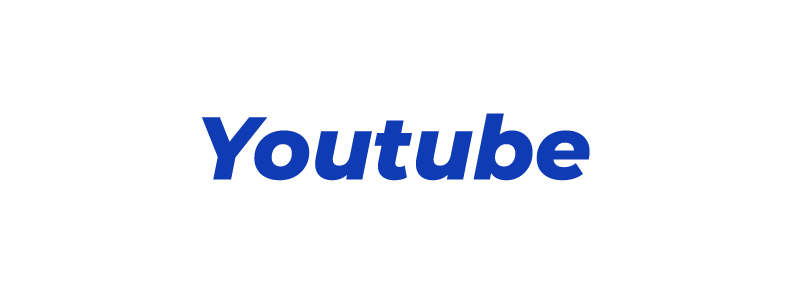HEAT DISORDERS IN SPORTS: PREVENTIVE MEASURES
❤️ Pocari is being sold popularly at supermarkets, convenience stores, pharmacies, grocery stores or Buy online at: www.pocarisweat.com.vn/online-shopping ❤️
Causes of heat disorders during sports include the individual's physical condition, the environment, and exercise. If even just one of these is out of balance, heat disorders can occur.
When it is hot, the body's strength reserves become depleted more quickly; although the body may seem to be working harder, the training is not more effective than it would be in regular conditions. Not only for the sake of preventing heat disorders but also from the standpoint of training efficiency, it's vital that a rehydration plan is integrated into the exercise schedule.
|
|
|
|
|
|
|
|
Source: Ministry of Education, Culture, Sports, Science and Technology, Japan Sport Council. “Heat Disorders- Knowledge and Prevention” (partially modified)
Be careful about the environmental conditions in which you exercise
Try to choose cool times of the day to exercise during the hot season. Also, avoid exercising for long periods and take plenty of breaks (at least once every 30 minutes).
Acclimatize to the heat gradually
It takes about a week to acclimatize to hot weather. Moreover, the higher the intensity of the exercise, the more heat is produced, increasing the risk of heatstroke. Avoid heavy exercise when your body is not used to the heat and acclimatize gradually by starting with light exercise for short periods. This is also true when you have not exercised for a while.
Dress as lightly as possible and avoid direct sunlight
When it is hot, choose absorbent materials and clothing with good ventilation. When exercising under direct sunlight, wear a cap to keep your head cool.

People with a low tolerance for heat need to be especially careful
People with a low tolerance for heat are especially disposed to heatstroke and so should avoid overdoing the exercise. In particular, people who are overweight or obese need to be careful as they account for 70% of the accidents related to heatstroke.
If you don't feel well, stop exercising
If you feel even a little unwell, stop exercising. Care is especially needed with running and repeated sprints, which have been reported to cause heatstroke. Listening to your body and early responses are extremely important for preventing heat stroke from becoming serious.
Make sure to rehydrate
When you sweat profusely, make sure to supply salt (sodium), not only water.
Beverages recommended by the Japan Sport Association
- Chilled to between 5℃ and 15℃.
- Easy to drink
- A composition and quantity that will not remain in the stomach for a long time
Beverages that are effective for rehydrating are those that contain sugar and 0.1% to 0.2% of table salt (40mg to 80mg of sodium per 100mL). Beverages containing 4% to 8% sugar should be drunk when exercising for 1 hour or longer.
It is ideal if you can replace the amount of fluid lost through sweat. By weighing yourself before and after exercising, you can see how much fluid you have lost from sweating.
Effective rehydration with ion supply drink - POCARI Sweat
POCARI SWEAT is a product from Japan's leading pharmaceutical corporation, Otsuka. With the composition of water and essential ions similar to body fluids. POCARI absorbs 2.2 times faster(*) than water and supplies exactly what the body needs to dispel thirst and bring refreshment.
Moreover, POCARI meets 5 NO-criteria: NO COLORANTS, NO SACCHARINE, NO PRESERVATIVES, NO GAZ, NO CAFFEINE ADDED.
Therefore, POCARI is the right choice for your health when your body needs to rehydrate when losing body fluids in exercising, and support in the prevention of sunstroke and heatstroke.
Source: Changes in blood volume following administration of oral rehydration solutions (μL/min/100g body weight), Research Papers: Morita, M. et al. Journal of Clinical and Experimental Medicine (IGAKU NO AYUMI). 145: 773-774, 1988.
